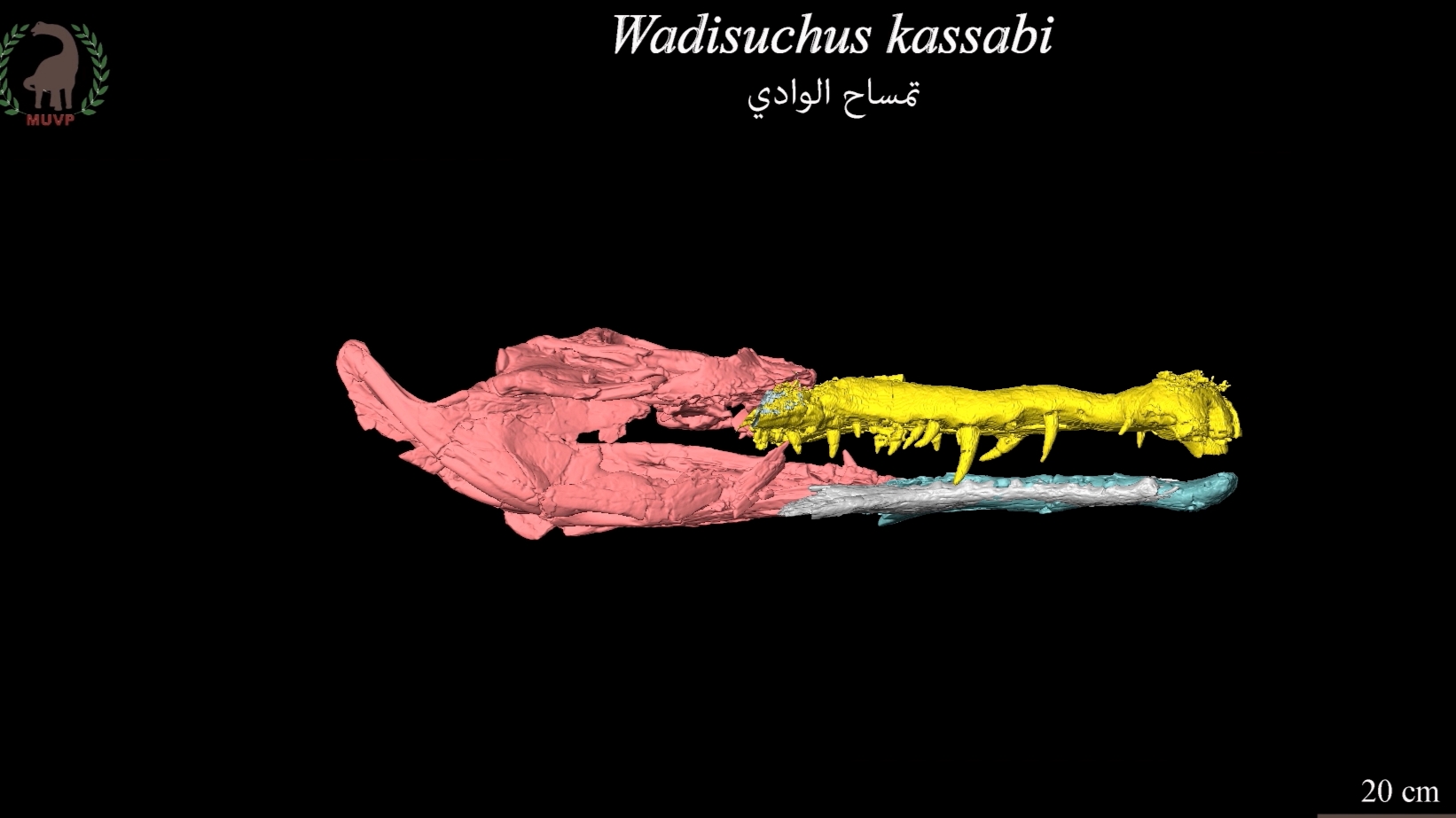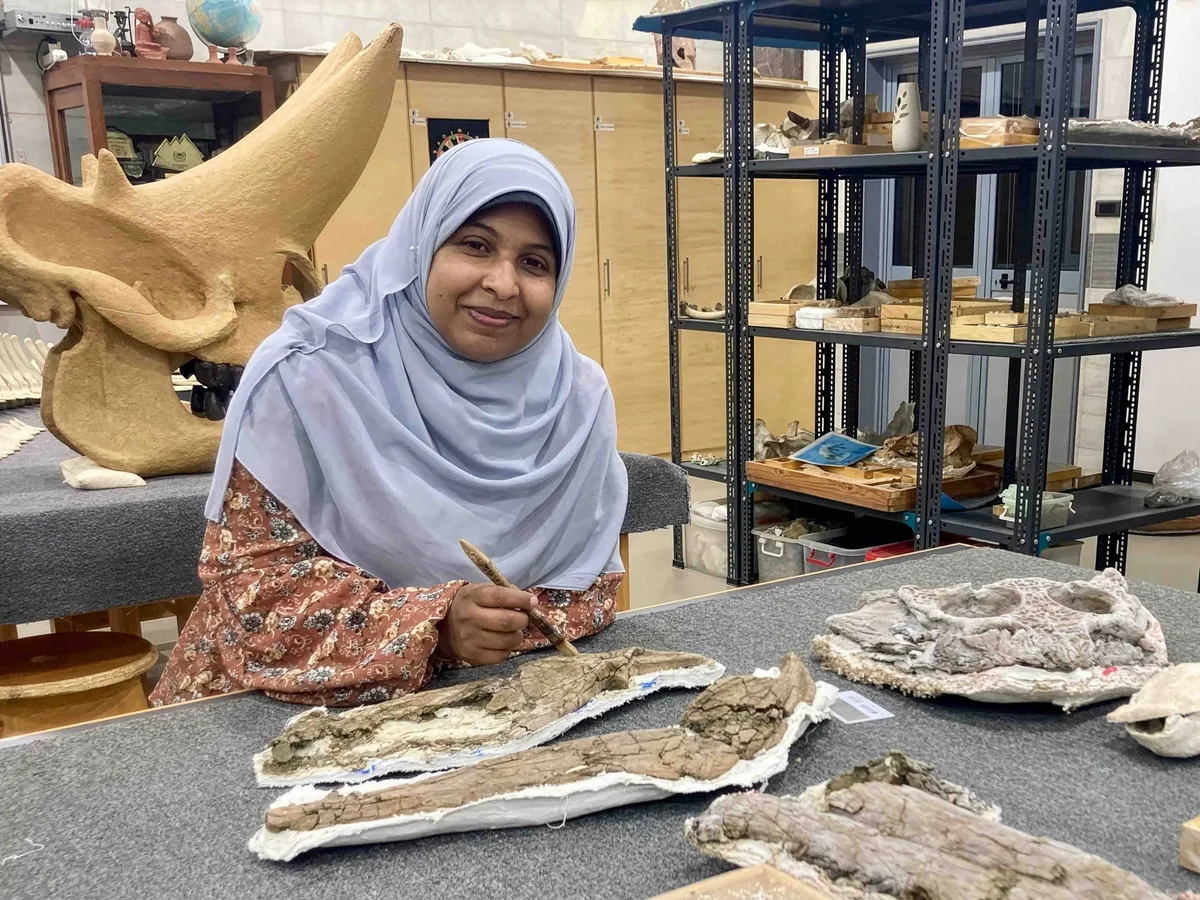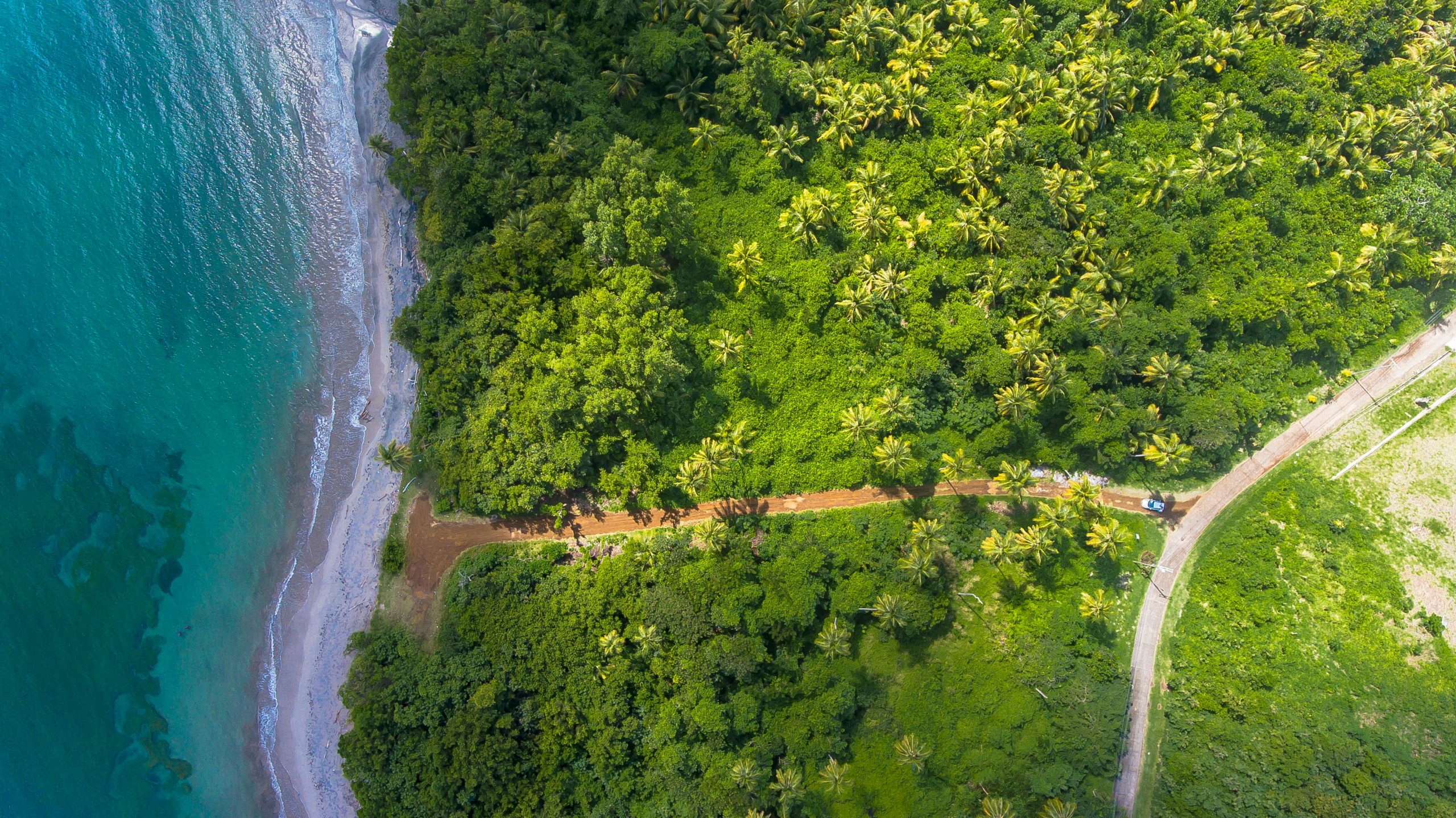Africa's Deep-Time Storytellers: Discovery of the Wadisuchus in Understanding our Ancient Life.

In the deserts, riverbeds, and windswept basins of Africa, the ground is a library. Every grain of sand carries a memory; every fossil is a phrase from a book written long before humans learned to speak. And across the continent, paleontologists and archaeologists are digging into these ancient pages with a new level of precision by unearthing species, rediscovering timelines, and developing techniques that are forcing global scientists to rethink what they thought they knew.
The discoveries coming to light now are tectonic shifts in our understanding of evolution, ancient ecosystems, and geological history.
And many of them are coming from African teams working on African soil.
Two stand out, announcing the earliest member of an ancient crocodilian dynasty and revolutionizing the dating of fossil sites in environments where other methods fail. Together, they allow a deeper, clearer, more nuanced picture of Earth's past to unfold.
The Crocodile Before the Crocodiles: Wadisuchus kassabi and the Origins of a Dynasty
In Egypt's Western Desert, an expanse of jagged limestone, dune-shaped winds, and a silence so complete it feels ancient, a team of Egyptian paleontologists found something that shouldn't have existed in such good condition.
Embedded in the rock was a skull with unmistakably long, narrow jaws. Rows of sharp, conical teeth still clung to the bone. It was unmistakably crocodilian, but not like any modern crocodile. Certainly not like the Nile crocodile that prowls today's rivers.
It was named Wadisuchus kassabi, and its age immediately startled the researchers: about 80 million years old, dating from the late Cretaceous.

But its age wasn't even the headline-grabber.
What shook the paleontology world was what it represented:
Wadisuchus is the earliest known representative of the longsnouted marine crocodyliforms, Dyrosauridae, which would go on to dominate coastal ecosystems across Africa, North America and South America during the post-dinosaur era.
Previously, opinions had been divided as to where the birthplace of the Dyrosauridae lineage was. Whereas some assumed it emerged near what is now the Tethys Sea, others argued for Western Gondwana. The Egyptian team's findings, however, were decisive: North Africa, not Europe or the Americas, is the cradle of the Dyrosauridae family.
This one fossil places Africa as a foundational landscape in crocodilian evolution.
But wait, it goes deeper still.
A Predator Built for Two Worlds
Wadisuchus was adapted to a strange environment: a coastal world where the Sahara now exists. Paleoenvironments suggest that what is now desert was once a shallow marine system that connected parts of Africa to ancient seaways.
Imagine it: marine reptiles slicing through warm waters, sharks thriving in lagoons, crocodyliforms stalking both land and sea
Wadisuchus seems to have adapted to this amphibious life, being able to swim in shallow waters and also travel along coastlines. With its snout greatly elongated, it was perfect for catching fish, crustaceans, and small marine animals.
This fossil was a marker of ecological transition, capturing a moment when ancient Africa was shifting between geological, climatic, and biological worlds.
Now, there's the bigger question. Wadisuchus also forces paleontologists to return to a long-standing mystery:
How did some crocodyliforms survive the mass extinction that wiped out the dinosaurs?
The Dyrosauridae are among the few large reptile lineages that crossed that boundary alive. Understanding their early members may reveal why they endured when so many others perished.
Cracking Time Open: New Method for Dating Fossil Sites with Eggshell Calcite
While discovering a new ancient species makes one rethink a broader view of evolution, developing a new method to measure time itself does something perhaps far more powerful: it rewrites the toolkit of archaeology and paleontology.
For decades, the gold standard for dating fossil sites has been the presence of volcanic ash layers that contain minerals which can be radiometrically dated with accuracy. But many African fossil sites, some of the richest on Earth, simply do not have volcanic deposits.
This has long created a frustrating scientific gap: We have fossils, we have artifacts, but often we lack the exact timelines that would tie them to climatic shifts, evolutionary events, or human dispersal patterns.
That equation has now been changed by a team of researchers working on African sites.

Dating Fossil Sites with Eggshell Calcite To Uncover the Breakthrough.
This mineral component responsible for hardening eggshells, eggshell calcite, is extremely stable. Whether it belonged to an ostrich, a giant prehistoric bird, or other species, its crystalline structure can preserve isotopic signatures for millions of years.
The research team realized that eggshell calcite can be radiometrically dated even when no volcanic layers exist.
This is huge.
Fragments of eggshell are ubiquitous artifacts in many African archaeological and paleontological sites; they are everywhere, scattered across ancient landscapes, buried near campsites, left behind by predators, or preserved in sediment.
It is now possible to obtain reliable age estimates for sites that were previously hard to acquire as data, by analyzing the uranium and thorium isotopes locked within the calcite.
Why This Matters:
Because so many major African fossil regions from the Sahara to the Kalahari to the Horn of Africa lack volcanic ash, this new method suddenly unlocks whole chapters of ancient history.
It means fossils can be dated more precisely, timelines of human evolution can be refined, migration patterns can be reinterpreted, and events caused by climate change can be related more directly to biological changes.
It also decreases dependence on external conditions. There will be no more waiting for the "perfect" geological layers. Africa's fossil heritage is notorious for being rich but structurally tricky. This breakthrough removes several obstacles at once.
Game-changing Tool For The Field.
Possibly the most exciting aspect about the eggshell-calcite technique is its portability. It can be applied widely and immediately. Unlike some radiometric methods which require special environments, this fits into the existing workflow seamlessly.
It may even help reassess the ages of previously dated sites confirming some, challenging others, clarifying many.
In other words, this is a timeline corrector.
The Continent Keeps Rewriting Itself
Wadisuchus kassabi is a reminder that Africa was not just a passive recipient of ancient species but rather a birthplace. Africa has become a crucible of evolutionary innovation. The date of the eggshell demonstrates further that it is African researchers who are overcoming the methodological impediments holding the field back for decades.
Africa is rich in questions, in techniques, in scientific leadership. And as local researchers gain more tools, more funding, and more technological autonomy, the ancient archives of the continent will only grow louder.
With better tools and ground-breaking discoveries, African paleontology and archaeology are approaching a new era defined by the fossils we uncover and by the frameworks African scientists build. The next decade may bring a refined timeline of ancient human dispersals, new species across vertebrate groups, climate reconstructions that reshape our understanding of ancient environments and even further evidence that global evolution cannot be understood without Africa.
Recommended Articles
There are no posts under this category.You may also like...
Layi Wasabi: The Lawyer Turned Skit-King Who Taught Nigerians to Laugh and Learn

Isaac “Layi” Olayiwola has redefined Nigerian comedy with his witty advice-driven skits and signature humour. A trained ...
A Forgotten Experiment Led to the World’s First Antibiotic

A forgotten Petri dish, A strange patch of mold, And one curious scientist who refused to throw it away.The world’s fi...
Gabon’s Climate Leadership: The “Infini” Rainforest Deal

Gabon is positioning itself as a global climate powerhouse through the Infini Rainforest Deal. The initiative secures lo...
Africa's Deep-Time Storytellers: Discovery of the Wadisuchus in Understanding our Ancient Life.

Across the continent, paleontologists and archaeologists are digging into ancient pages with a new level of precision b...
Your Bones Aren’t as Solid as You Think; They’re Constantly Rebuilding Themselves

Your skeleton may feel rigid, silent and unchanging, but beneath the surface, it’s one of the busiest systems in your bo...
The 2025 Wig Economy: Why Lacefronts Have Become a Bigger Flex Than iPhones

In 2025 Nigeria, lace-front wigs have evolved into powerful symbols of status, identity, and economic influence often ov...
The Age of Endless Screens and the Eyes Carrying the Weight

Screens are no longer tools we occasionally reach for, they’ve become the environment we live in. This shift has quietly...
Sha'Carri Richardson Unfiltered: Star Athlete Addresses Haters and Mental Health Battles
)
American sprint sensation Sha’Carri Richardson recently opened up to tennis legends Venus and Serena Williams about her ...
